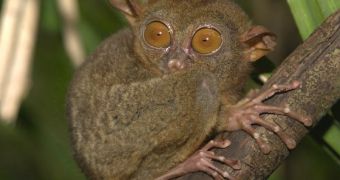Today, US looks mostly like a place of prairies and oak/pine forests.
But once, here was a tropical paradise and like any tropical environment, monkeys did not miss.
A team of anthropologists from Lamar University investigating South Texas fossil deposits discovered, based mainly on ancient teeth, that this zone harbored various primate species 42 million years ago.
The team led by Professor Jim Westgate has found three new genera and four new species of primates in the material removed from Lake Casa Blanca International State Park near Laredo and the Mexican border.
"The Laredo area was a coastal lagoon during the stage of geologic history known as the Eocene Epoch, which was when primates were becoming extinct on much of the continent. It was kind of the last gasp for the primates in North America," said Westgate, a professor of earth and space sciences.
Westgate and others are still analyzing the 15 tons of material excavated from the park's fossil deposits between 1983 and 1996. They have found till now 1,800 mammal teeth, including 50 belonging to primates.
Dana Cope, a co-author of the study and associate professor of anthropology at College of Charleston in South Carolina, accomplished the task of comparing the teeth with other primate teeth discovered from the same era at that time.
"The newly discovered teeth, which measure about 4 millimeters, were not from known primates. This is a very important locality. Not much is known about Eocene mammals outside the Rocky Mountains." said Cope.
"The genus the researches have focused on likely had a diet of leaves and foliage and weighed about two pounds. Its closest living relative would probably be the tarsier primate that lives in the Philippines." he added.
Today, the tarsier primates are relict species found on Philippines, Borneo and Sulawesi and are mainly nocturnal insectivorous.
The look of Yoda, from Star Wars, was inspired by these small creatures.
"One of the project's main goals was to excavate the material and protect it for study and documentation. We knew way back we had something important. Now we're targeting areas that needed more research." said Westgate.

 14 DAY TRIAL //
14 DAY TRIAL //